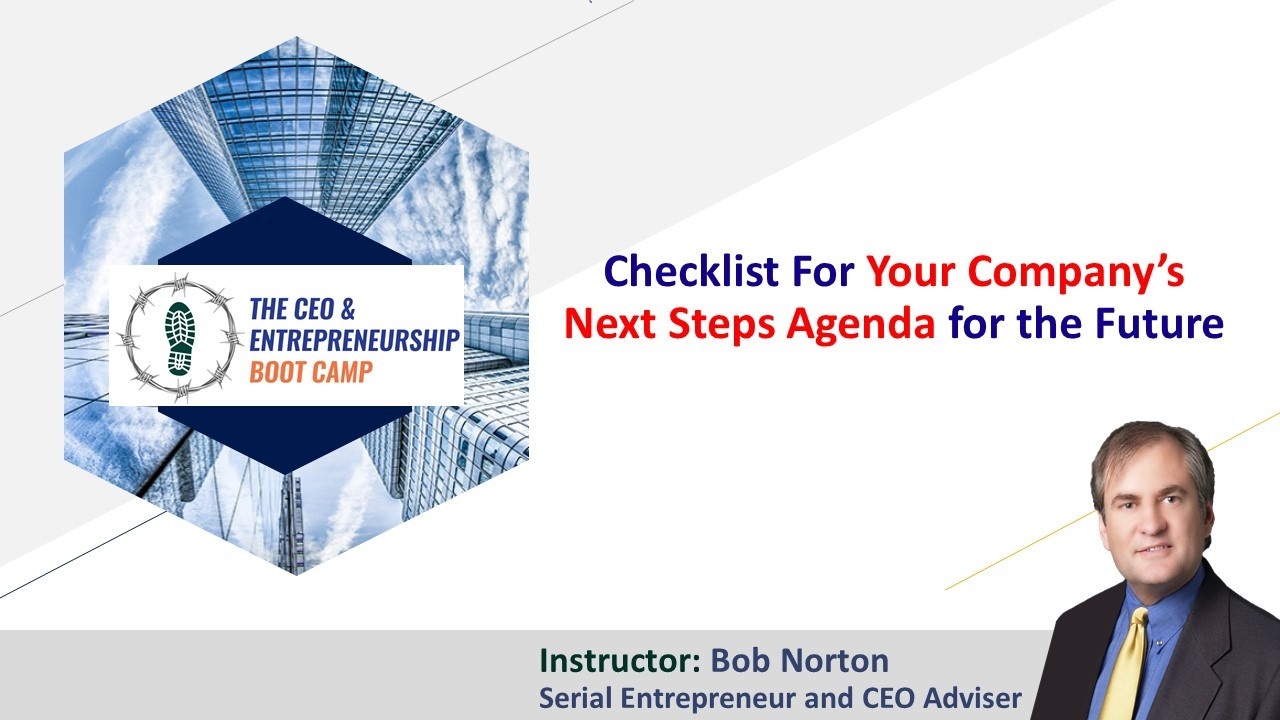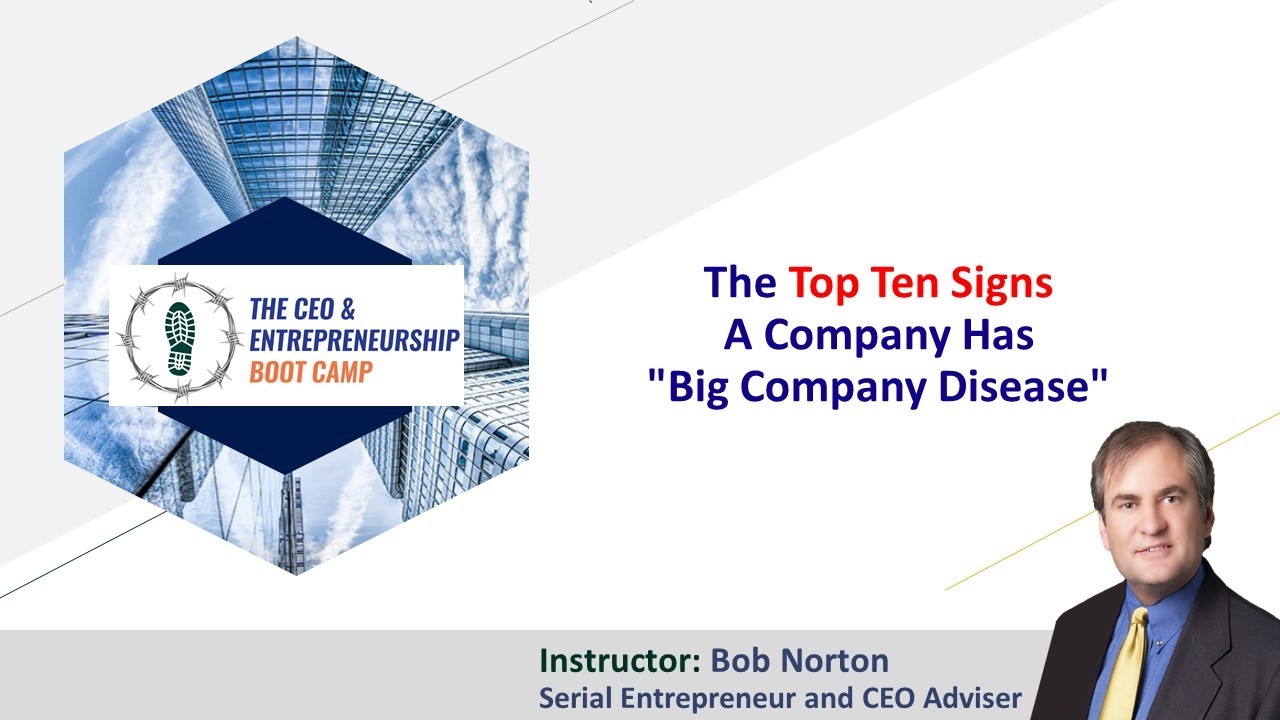How Do You Grow a Company To $100 Million?

Launching a startup company may be the hardest thing you ever do. This is a big question with many moving parts and hundreds of things to get right that comes from experience and art, not just black and white answers. However, there are many things that can be easily agreed on that will go a long way to getting you there. First, let's talk about the stages because it is clear that there are very different skill sets and modes of operation at different stages of the company's development. Let's call these stages Raw Startup, Early Revenue, and Established. Raw Startup is the idea development stage, working out of the home or "garage" without a significant burn rate. Generally, you are spending most of your time developing your plans, researching the market and customers, and defining the product. You may also develop the actual product, or need to raise funding to accomplish this. Early Revenue is when you have a product or service...
Giving Toothless Boards Some Bite

Giving Toothless Boards Some Bite
Most directors are stuck in a system that makes it tough for them to protect shareholder interests. The author offers two solutions.
The possibility of directors paying out of their own pockets for corporate misconduct occurring under their watch has been raised by three recent cases. On January, 18 Enron directors agreed to pay $168 million -- 10 of them spent $13 million of their own money -- to settle their portions of securities class-action suits. In February, a deal fell apart that would have had 10 former WorldCom directors settling shareholder lawsuits by paying a total of $54 million -- $18 million from their own pockets, representing 20% of their net worth. And Walt Disney (DIS) shareholders are suing the company's former directors -- demanding they repay a $140 million severance package awarded to Michael Ovitz, who spent an unsuccessful 14 months as the entertainment giant's president. If Disney shareholders...
Checklist For Your Company's Next Steps Agenda for the Future

What are TODAY'S real top priorities for both you and your company? They may have changed since you last looked.
If you're busy slaying daily dragons, priorities can change without warning. And you may not even notice -- until it's too late to do something about it. Instead of dragons setting the agenda for you and your company, invest ten minutes on this pop quiz.
Because either you or your daily dragons WILL control your Agenda for the Future.
It won't take long to review which of these thirteen major issues are the most critical ones to your future. It's not complicated. Either print out this page using your web browser software and circle them -- or just jot down on a sheet of paper which ones are top priorities for you.
Biggest Problems Currently:
- ____________________________
- ____________________________
- ____________________________
- ____________________________
- ____________________________
Almost by definition, your five biggest problems are those that are specific to you and...
Startup Versus Big Company

A Comparison of Operations Modes
| This table compares the two extremes that should be considered when selecting a management model or style for your company. Any company using an inappropriate management mode will be a significant disadvantage and could easily fail. | |
| Big Company | Startup |
| Hires ahead of the curve, against quarterly and annual plans | Hires just-in-time or even too late when the pain reaches an intolerable level, or some sales target is met. |
| Does everything "right", spending whatever it takes to produce a high-quality result. | Does an 80-90% job at less than ½ the cost, knowing that we will have to do it over soon when we learn more (next month!). Always attempting to build a flexible platform to build on. Remaining fast and flexible to alter course on a dime. |
| Job descriptions are narrow and the phrase "not my job" is heard a lot | EVERYONE wears several hats with very broad job descriptions. People with "not my job" attitudes or the... |
Big Company Disease is Most Often Fatal For Startup Companies

Definition: A startup is a company without any revenue and 50 or fewer people, which must deliver a product to the market shortly.
Easy access to capital and not adjusting to the new world after leaving a big company or another industry are some major reasons for "big company disease". This was very common in the bubble, when huge Series A and B venture capital rounds were easy to get without a real business plan or vision that showed how a company would make a profit. Many companies would have survived easily on so much capital if they did not contract this disease.
Unfortunately, it was common to see a large company CEO placed in startups and look like fish out of water. It was also common to see recent college grads acting as CEO. Some investors made quick money this way, flipping the "companies" to IPO that had no real or sustainable revenue stream before anyone realized there was no path to profitability. Some knew this and therefore were acting unethically, others got sucked in...
Are Corporate Directors Becoming Obsolete?

When The Liabilities Exceed the
Benefits of Being a Director
By Peter Cohen
In the last week, some corporate directors have written checks out of their personal accounts to settle suits against the companies on whose boards they served. Earlier this week, 10 former WorldCom directors paid a total of $54 million -- $18 million from their own pockets, representing 20% of their net worth. Today announced that 18 Enron directors agreed to pay $168 million, 10 of them paid $13 million from their own pockets, to settle their portions of securities class action suits. These events probably mark the beginning of a trend that will cost directors of other bankrupt companies more money.
While these directors no doubt made these payments to avert the risk of even higher ones, their decisions alter the cost/benefit analysis for current and potential corporate directors. It is no longer enough to show up at quarterly meetings, enjoy the CEO’s hospitality, and collect...
Advice From A Nobel Prize Winner On Human Capital Management

Advice From A Nobel Prize Winner On Human Capital Management
An Interview From The Line Zine e-Newsletter
Gary S. Becker, the winner of the Nobel Memorial Prize for Economic Science in 1992, is a Professor of Economics and Sociology at the University of Chicago and a Senior Fellow at the Hoover Institution and University. He is recognized for his expertise in human capital, the economics of the family, and economic analysis of crime, discrimination, and population.
Becker: I would start out with some obvious things that are still sometimes forgotten: the basic resource in any company is the people. Remember Bill Gates’ famous comment that if you took away the top thirty employees at Microsoft, it would be a pretty ordinary company. And what’s true for companies is true for nations as well. In the New Economy, the reliance on people hasn’t fallen, but has increased. We are much more a human capital-based economy than the economy was even thirty years ago.
The...
16 Deadly Business Sins Committed By Companies

Reprinted from the Red Herring: https://www.redherring.com
Although this is by no means a comprehensive list there are many classics here....
Due Diligence Checklist

Start-up and emerging companies should be prepared for the significant amount of due diligence that a venture capital investor and its counsel may require before consummating a venture capital financing. Even angels are requiring many of these things to be under control today at earlier development stages. The following is a sample Due Diligence Checklist, which acts as a compliance request to the Company of all relevant documents and information. In appropriate circumstances, some listed items can be scaled back.
Corporate Documents of the Company and Subsidiaries
Articles of Incorporation and all amendments thereto.
Bylaws and all amendments thereto.
Minutes of all Board of Directors, committee, and shareholders meetings and all consents to actions without meeting.
List of states and jurisdictions in which qualified to do business and in which the Company has offices, holds property or conducts business.
Material information or documents furnished to shareholders and to directors...
The Disney Approach To Human Capital An Interview Article From Line Zine

I have always been an admirer of Disney's customer service and their systems to ensure "customer delight", as opposed to just customer service. This means going far beyond the customer's expectations to deliver something extra, or above and beyond the call of duty every time. It means training, understanding by employees, and empowerment that goes straight through the organization to back all this up with consistent management rewards and signals. This means praise and reward for employees who actually execute these principles and values, setting examples, and sending a consistent message to employees and customers about your brand and values. Some companies talk about "quality" customer service but then punish people when their "minutes per customer" allocation or other measures are exceeded, or when asked for something that is not standard just say "no" with no effort to handle exceptions. This is not a consistent message to employees and negates the training they received,...

